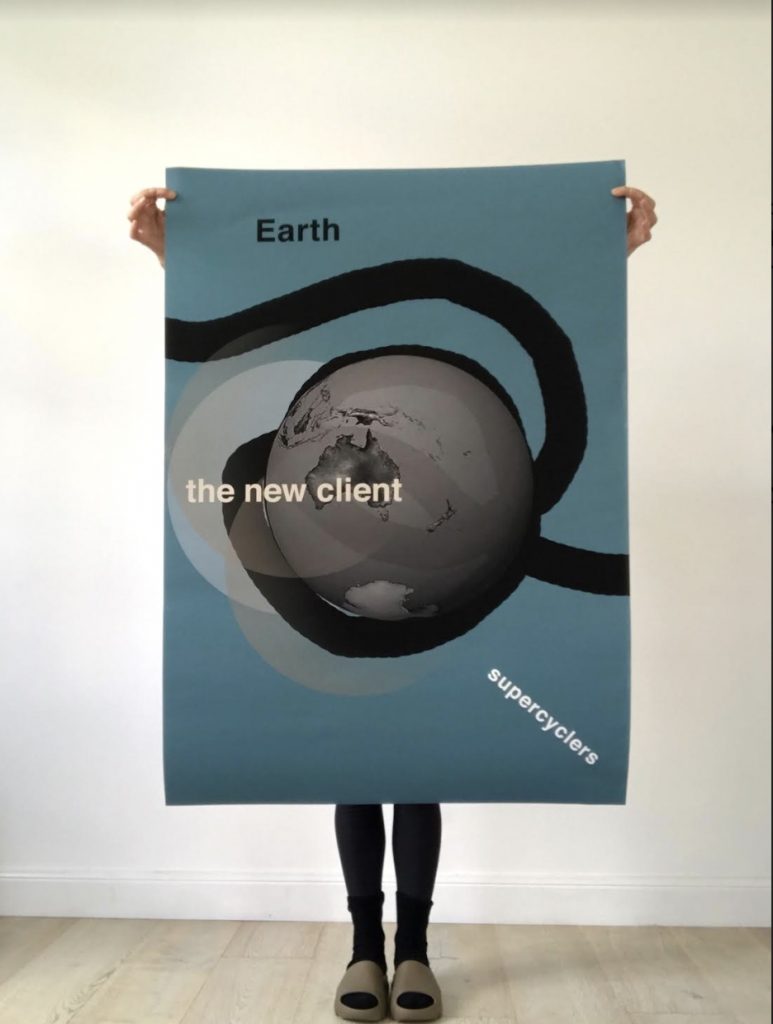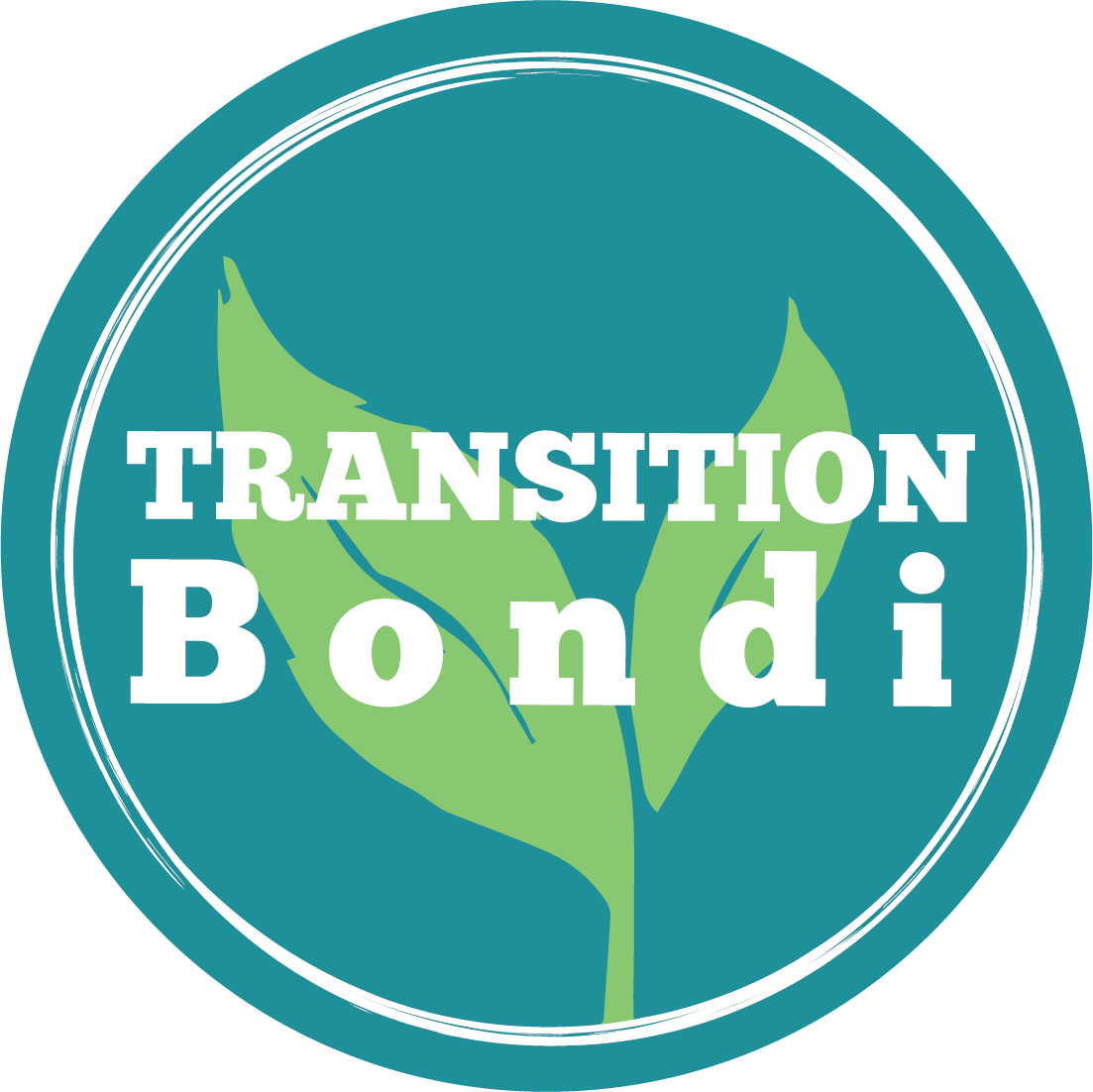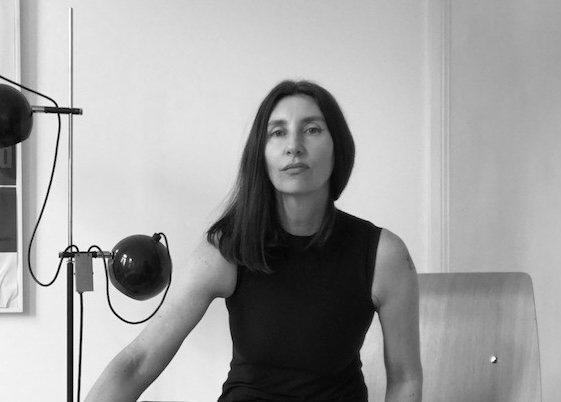Sustainable Design
Sarah K, designer and author was our presenter at February’s guest dinner. She spoke about her book How to Create Things for the World Sustainably.
The book covers a comprehensive range of topics. It can appeal to people from many angles: economics ~ the circular economy and degrowth + capitalism/market forces philosophy ~ time, connection with Earth psychology ~ practices that are developmental environment ~ sustainability, resources, reframing waste, and Earth care.
Sarah’s work with supercyclers over the past 15 years, actions and demonstrates practical, sustainable innovation in design, from small scale to wider. Her projects have highlighted and drawn attention to the large-scale problems of single use plastic products, contributing to the global movements to discontinue their use. Her sustainable design ideas + innovation have been applied to the creation of objects, furniture, architecture, print, fashion, events, curation, and wider systems design.

Some pearls of wisdom from Sarah’s book:
- If we ONLY approach the designed world with a mindset considerate of the environmental impact of what we create, as a matter of course, surely we can alter + improve this situation.
- How do we create for a sustainable world when design has become synonymous with consumerist culture?
- The future of a product can be locked in at the design stage, and can be documented and followed up on. Designers and makers need to take responsibility for the future of the things they make.
- Earth The New Client – What motivation has allowed us to damage the planet as we have? When
taking resources, we pay for them to balance the act. But to Earth, payment means nothing; making things from the resources are just part of the mess that humans make. - New role as designer – consultant for person and for planet.
- Objects as Events – An object is not static but a total of its past (resources used, processes required), present (use, durability) and future (repaired, recycled, biodegraded etc). Objects need to be understood as fluid; envisage the transience in the static; see what’s outside our field of vision. The object (in our hands, what is seen) is the smallest element in the sum total of an object.
To explore further the ideas mentioned above, check out Sarah’s websites and social platforms:
supercyclers.com
thesustainablistline.com
Sarahkstudio.com
@the_sarah_k
@supercyclers
@the_sustainablist_line
@sarahkstudio

